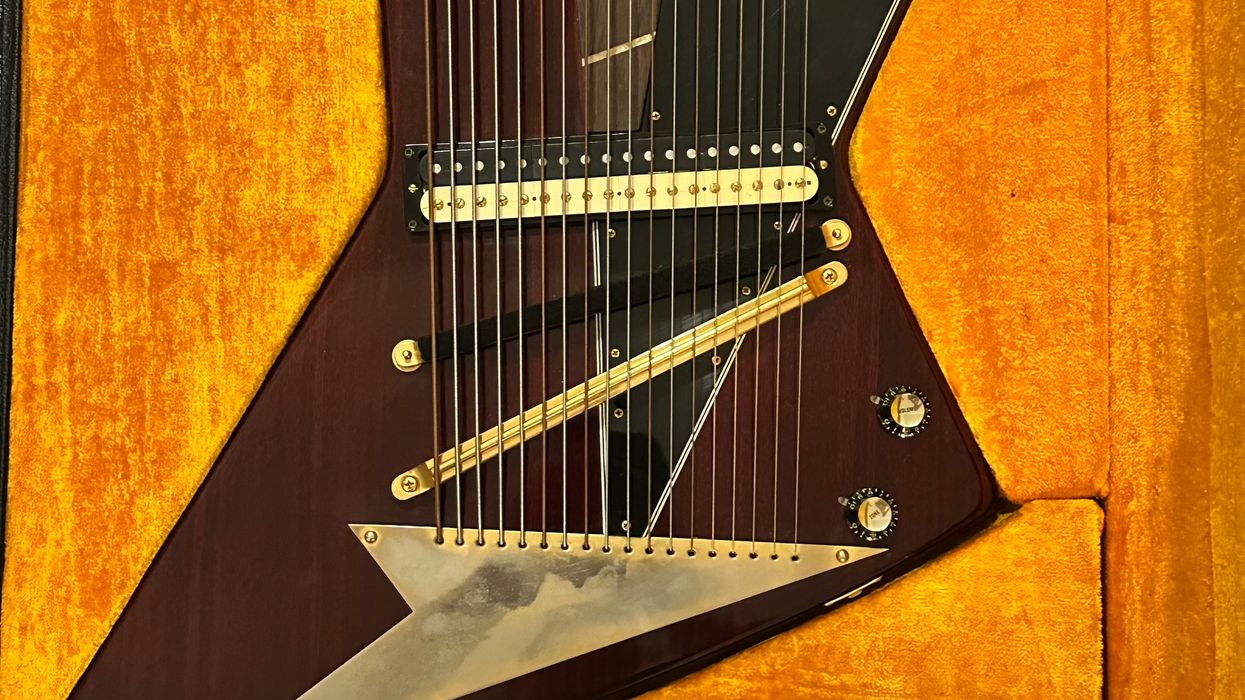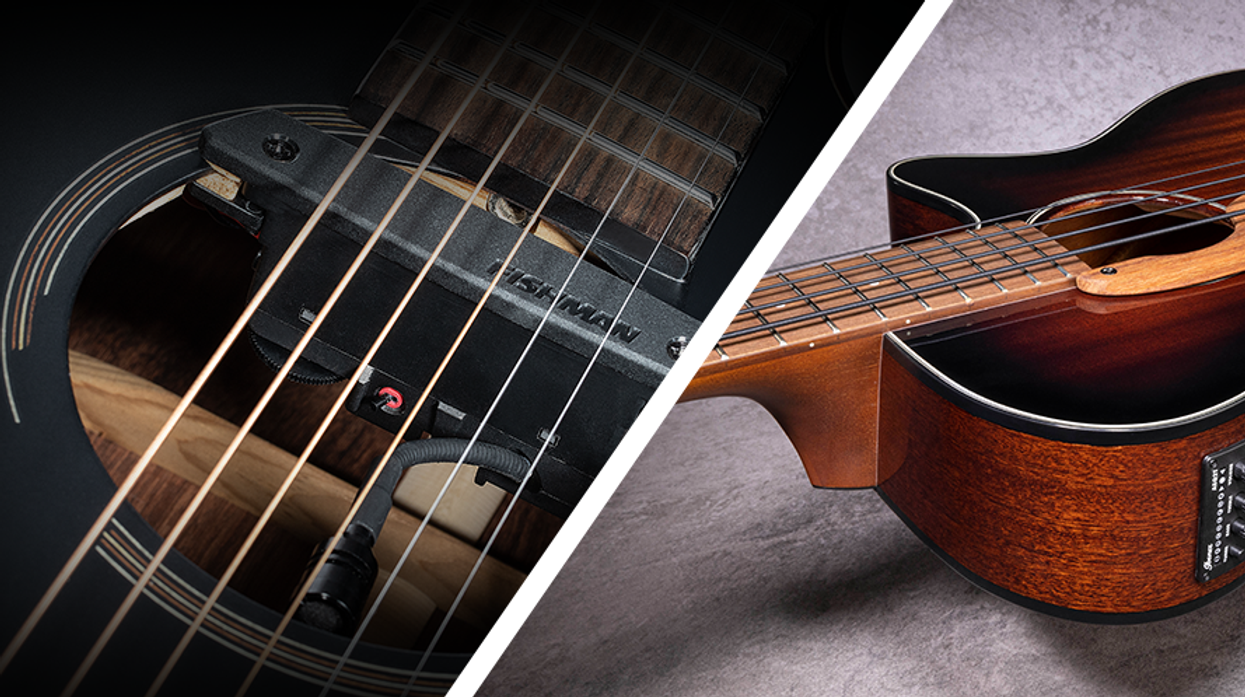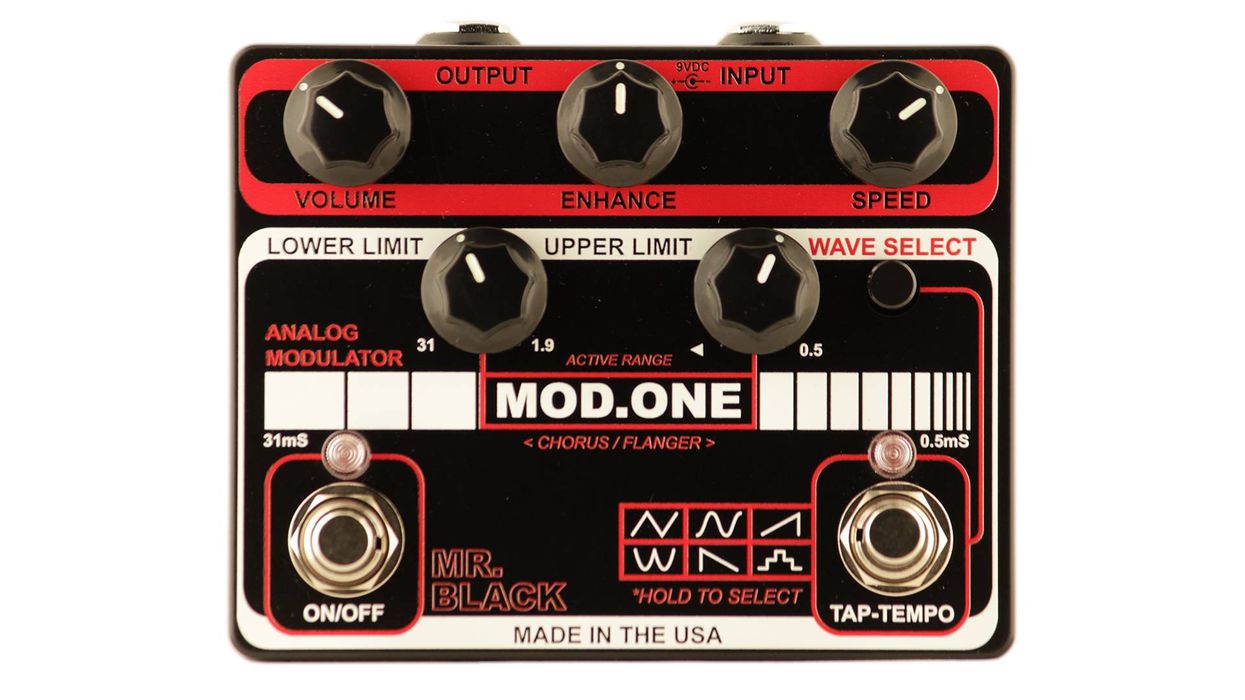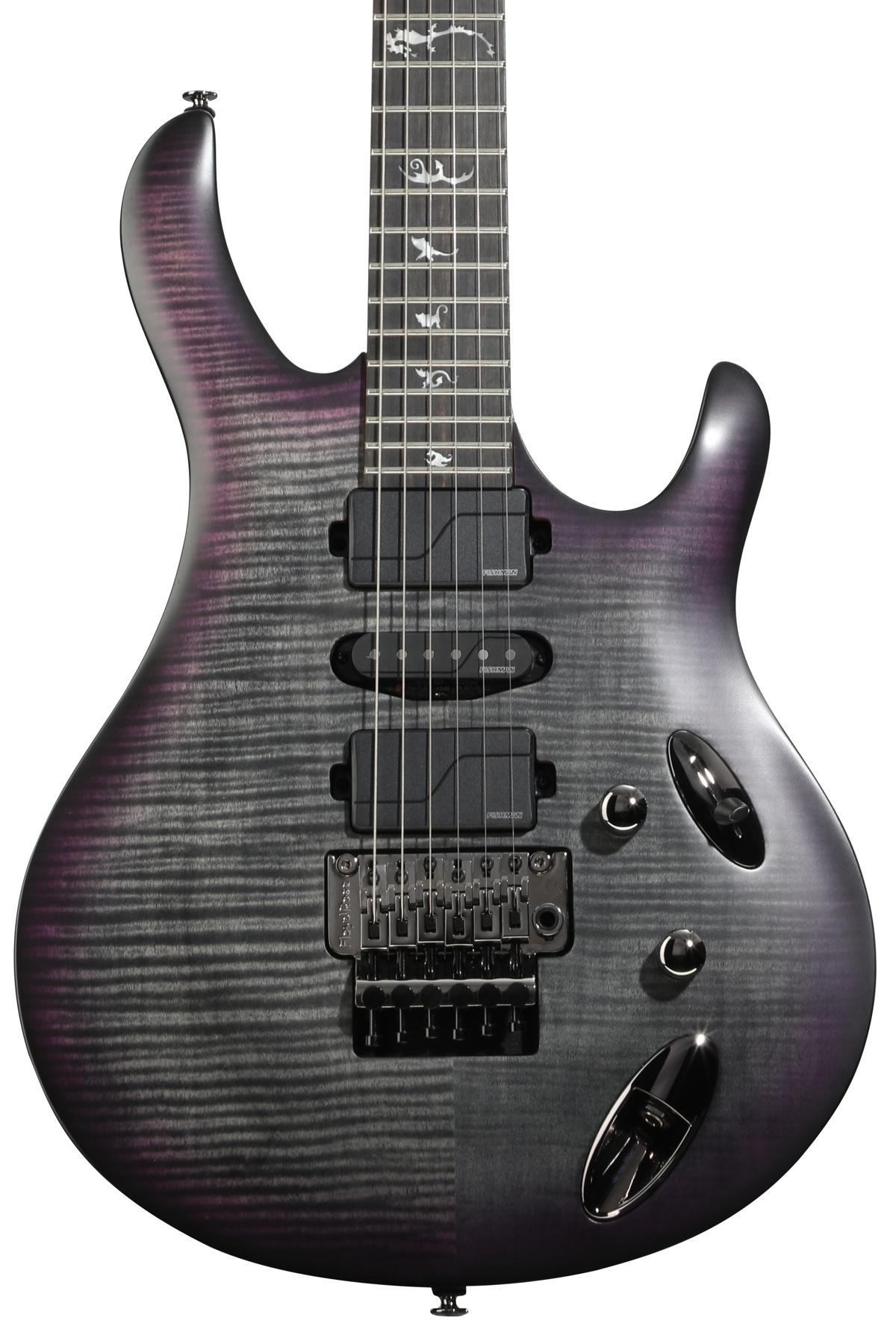Strap Locks
D’Addario
Rotating Elliptical End Pins
These chrome end pins were designed to secure the strap to your guitar without bulky hardware or having to dedicate a strap to a specific guitar. The two-piece elliptical shape combines function and style, they are easy to install, and work with all guitars and basses.
Street: $6
daddario.com
Grover
Strap Locks
These strong and lightweight strap locks feature the quick-release mechanism that players want and need to easily remove the strap. Available in nickel, chrome, gold, and black.
MSRP: $22.95–$26.95
grotro.com
Fender
“F” Strap Locks
Available in chrome, gold, and black, these strap buttons for the guitar and locks for the strap keep your favorite guitar or bass safe and secure. They can be fitted to nearly every Fender instrument manufactured since 1946.
MSRP: $18.99
fender.com
Ernie Ball
Super Locks
These have a push-button, quick-release design with positive locking pins to ensure the locks won’t release until buttons are completely depressed. Super Locks are case-hardened and steel-plated. Available in black, gold, and nickel.
Street: $24.99
ernieball.com
Ish
Strap -Ons
Made from recyclable high-quality neoprene rubber and designed to fit almost any strap button for guitar or bass. Installation is simple: Slip one over your strap and button.
Street: $6 (for 12-pack), $15 (for 30-pack)
ishcase.com
Loxx
XL Strap Locks
Made for extra-thick straps and available in black, chrome, and nickel. Allows for one-handed “easy on/easy off” engage and release action, yet can still resist a pull force of 220 pounds.
Street: $23.60–$39.99
loxxusa.com

Grolsch Lager
Swing-top Bottle Washers
Guitarists and bassists have long utilized the red rubber washers from these swing-top bottles as a thrifty strap-lock solution. The bonus: These DIY strap locks come with beer attached.
Street: Varies according to thirst.
grolsch.nl
Hennessey
NSL8200 Euro-Loks
These zinc die-cast and brass constructed strap locks feature a custom wingnut design and plunger locking mechanism to provide a secure and confident quick-change strap connection. Each pair of locks comes with a dual-purpose wrench that also serves as a bottle opener.
Street: $12.95
onstagestands.com
Schaller
Security Locks
This widely used system comes in eight finishes so players can closely match other hardware on their axes. Extra long screws are included with all Security Locks for use on Gibson models.
Street: $14.99–$23.99
schaller-electronic.com
Q-Parts
Gold Pearl Strap Locks
From basic to flashy like the gold pearl set shown here, each set comes complete with strap buttons, screws, rings, and locks. Decorative rings are available for players who already own strap locks.
Street: $24 and up
qparts.com
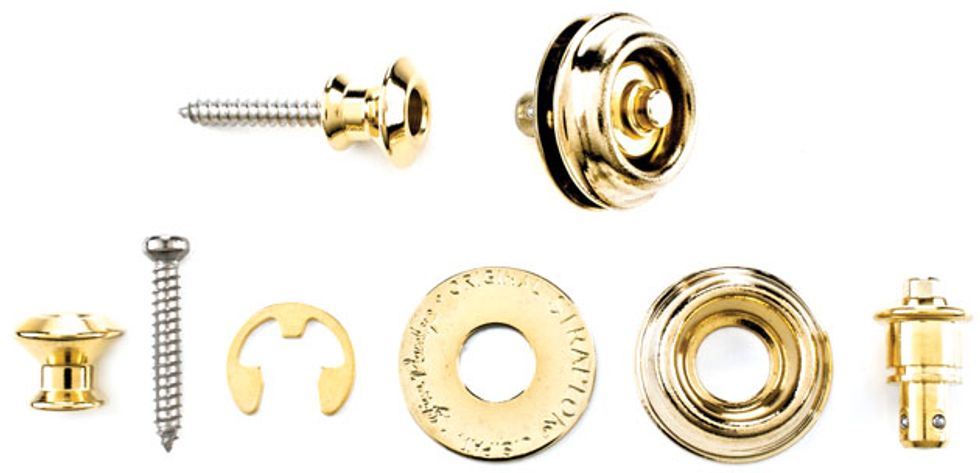
Dunlop
Straplok Dual Design Strap Retainers
Release-tested up to 800 pounds of pull, these Dual Design Straplok feature a 360-degree groove-and-ball design that allows full, catch-free rotation, and are available in four finishes.
Street: $11.99–$19.99 depending on finish
jimdunlop.com



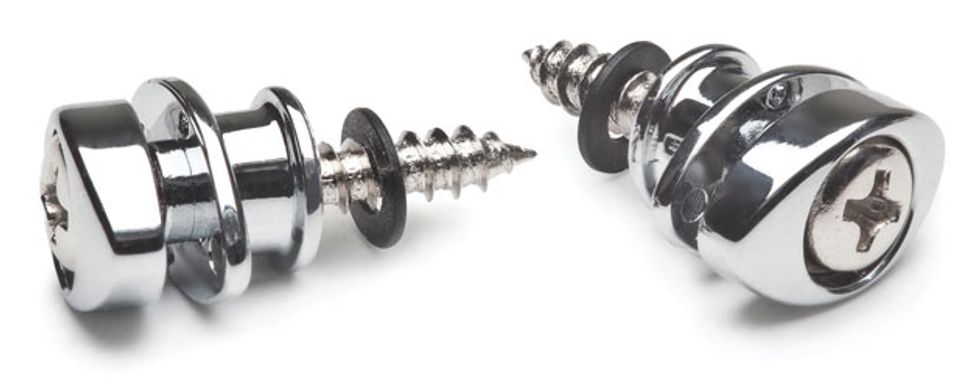
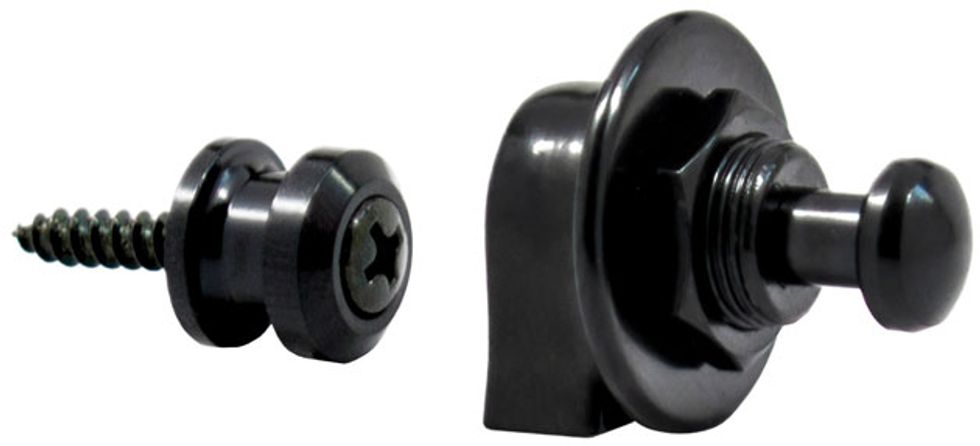
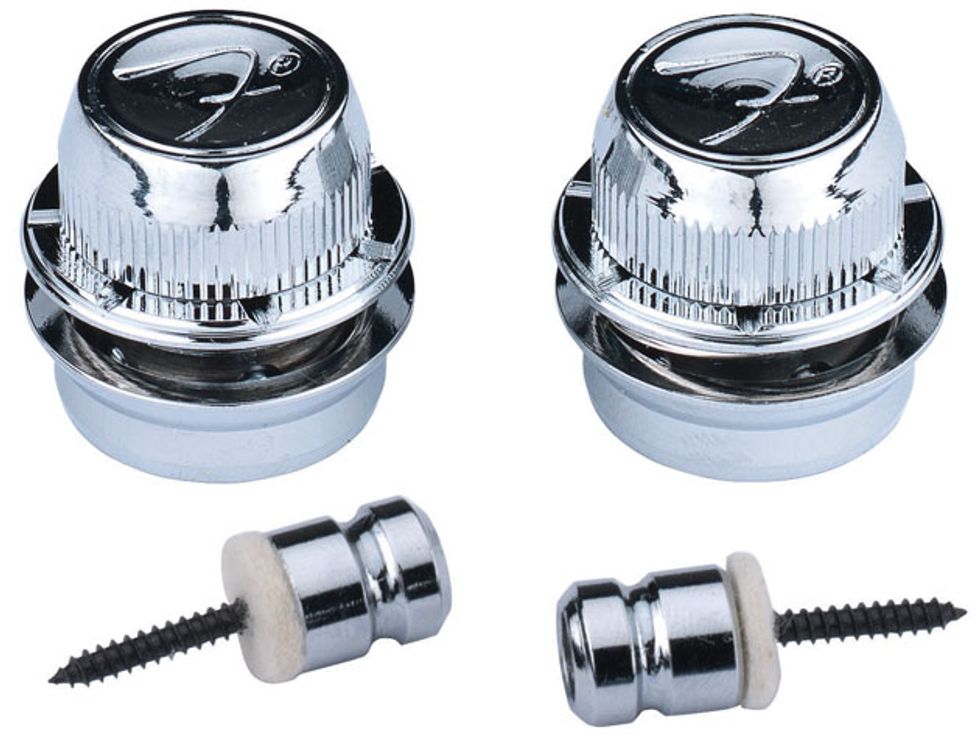
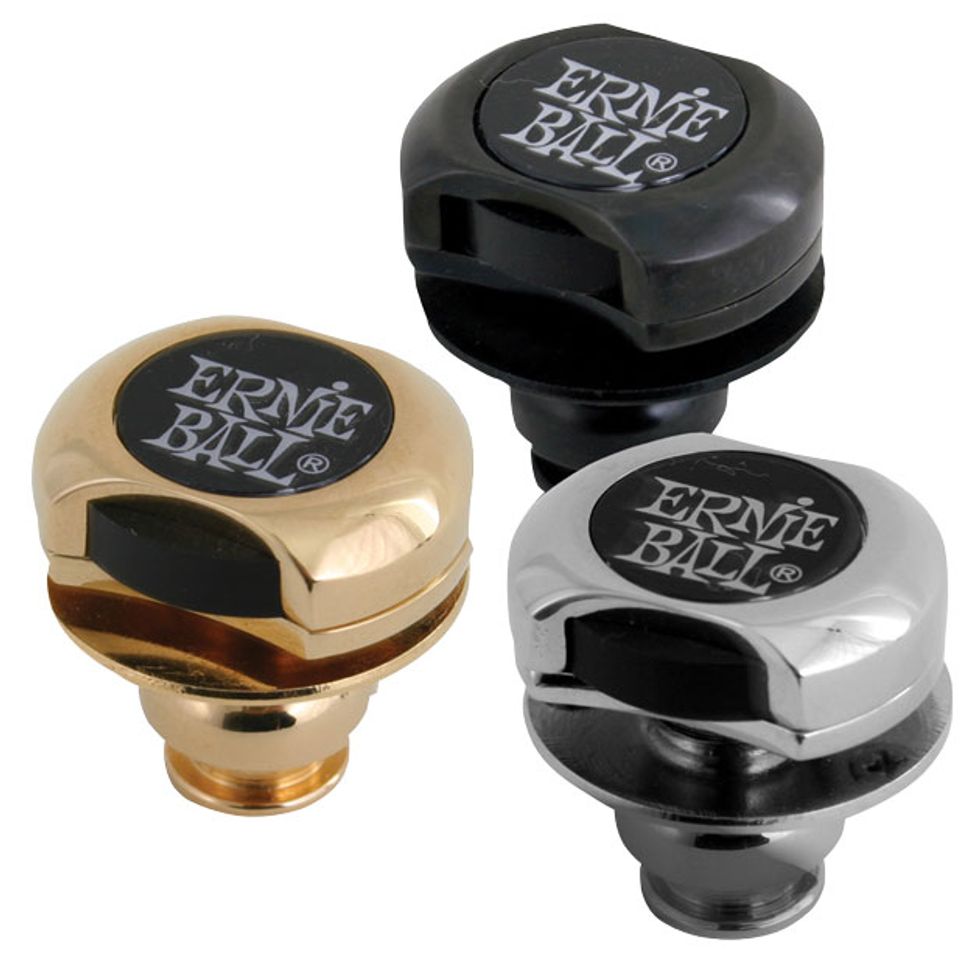
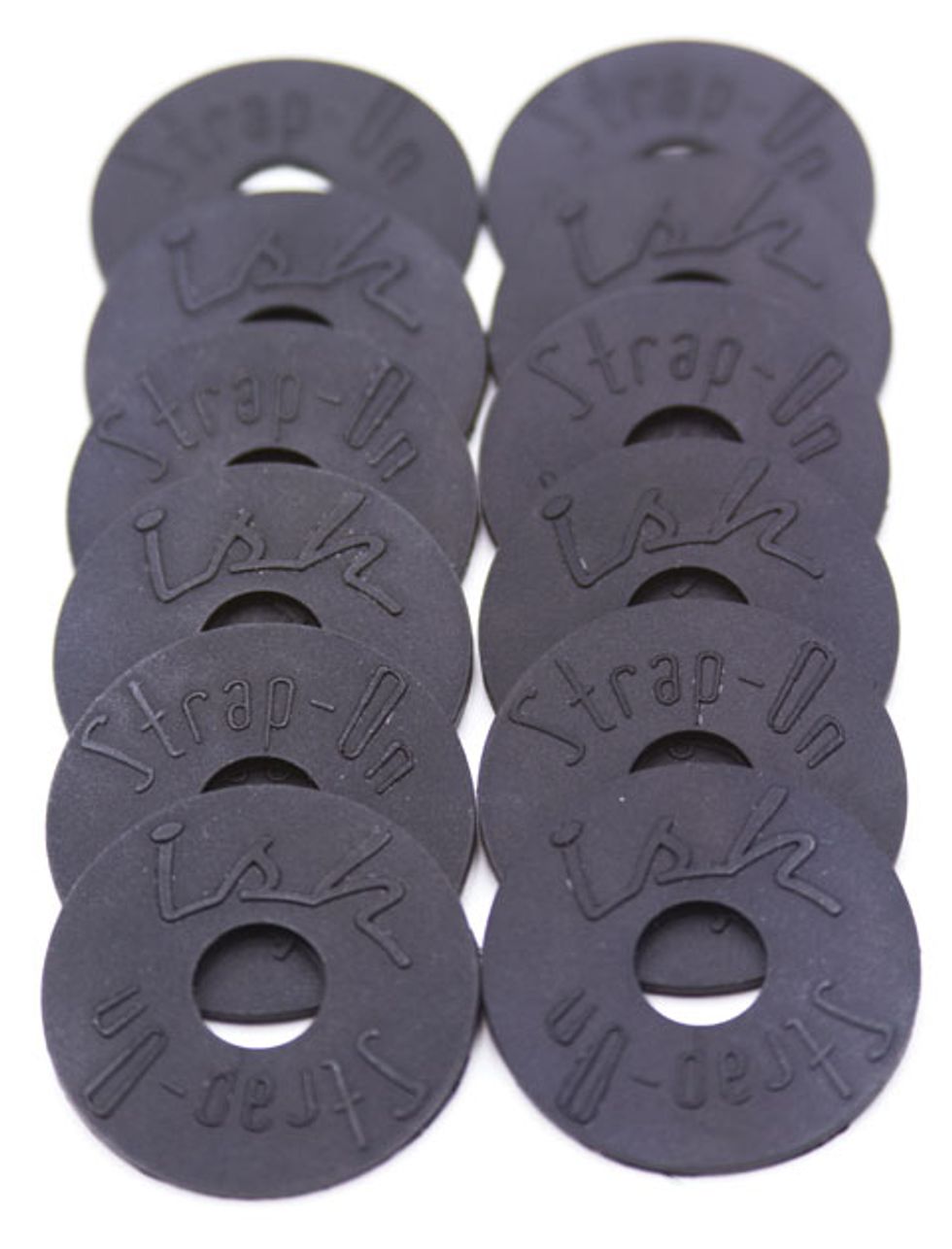
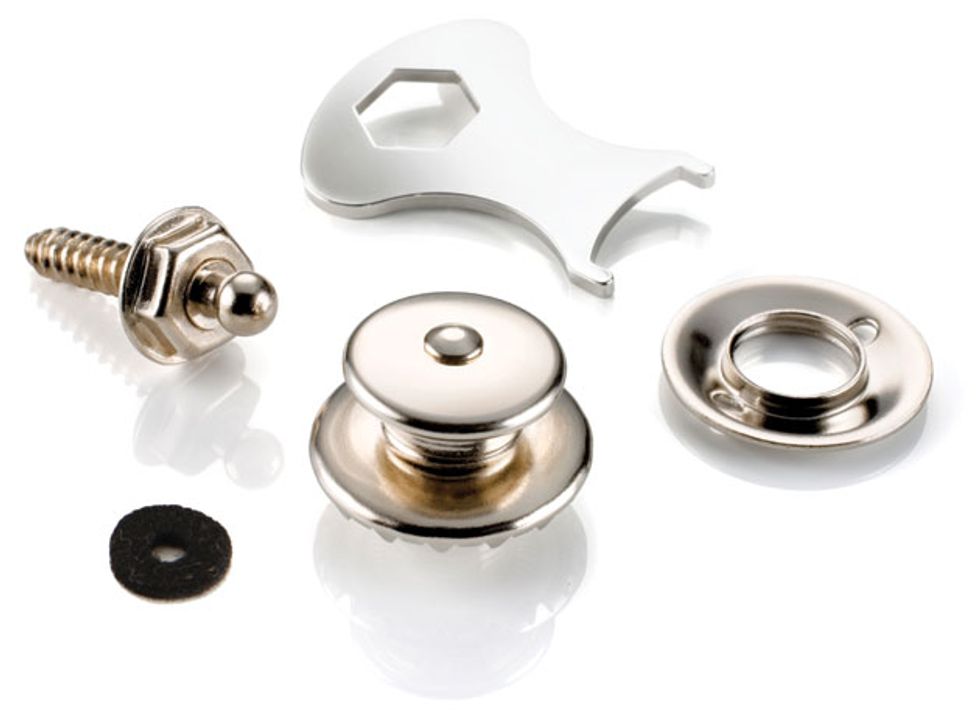
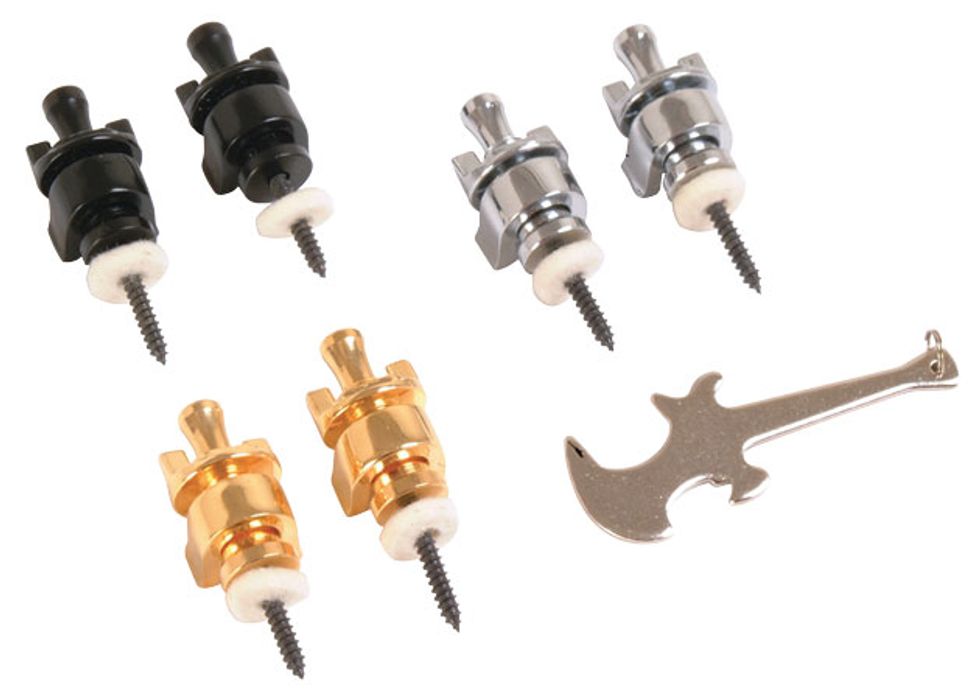
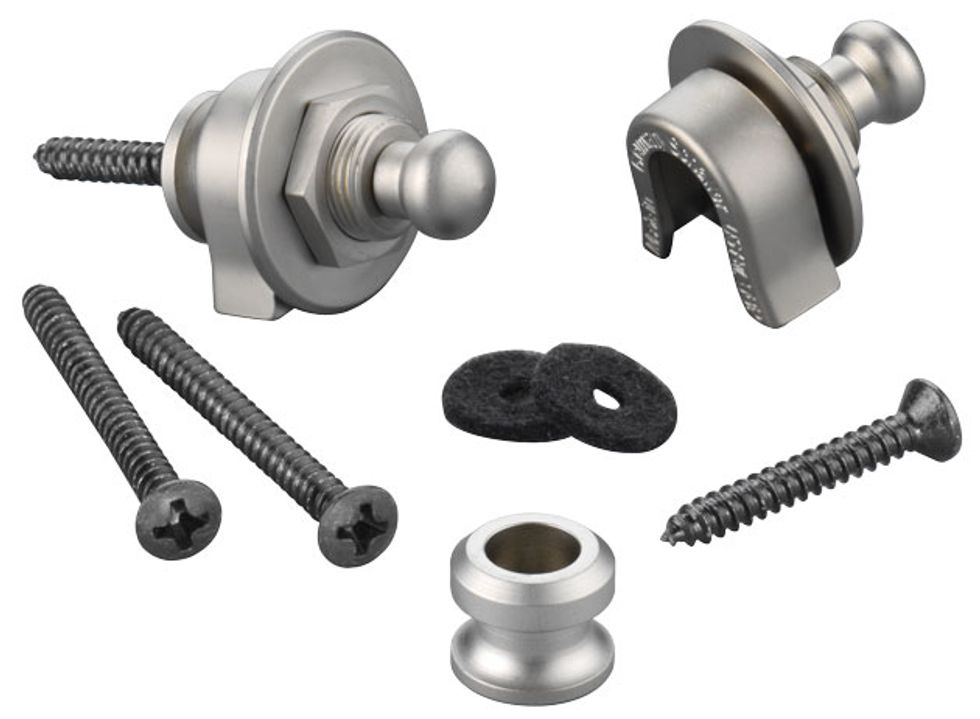
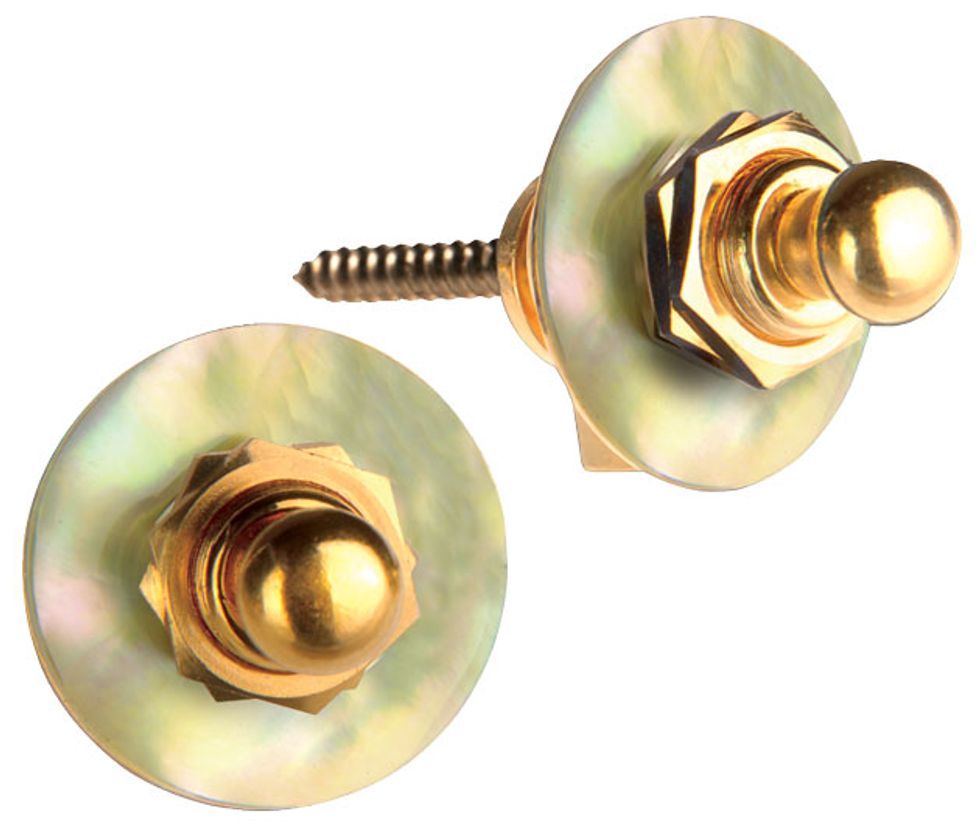




![Rig Rundown: Russian Circles’ Mike Sullivan [2025]](https://www.premierguitar.com/media-library/youtube.jpg?id=62303631&width=1245&height=700&quality=70&coordinates=0%2C0%2C0%2C0)






